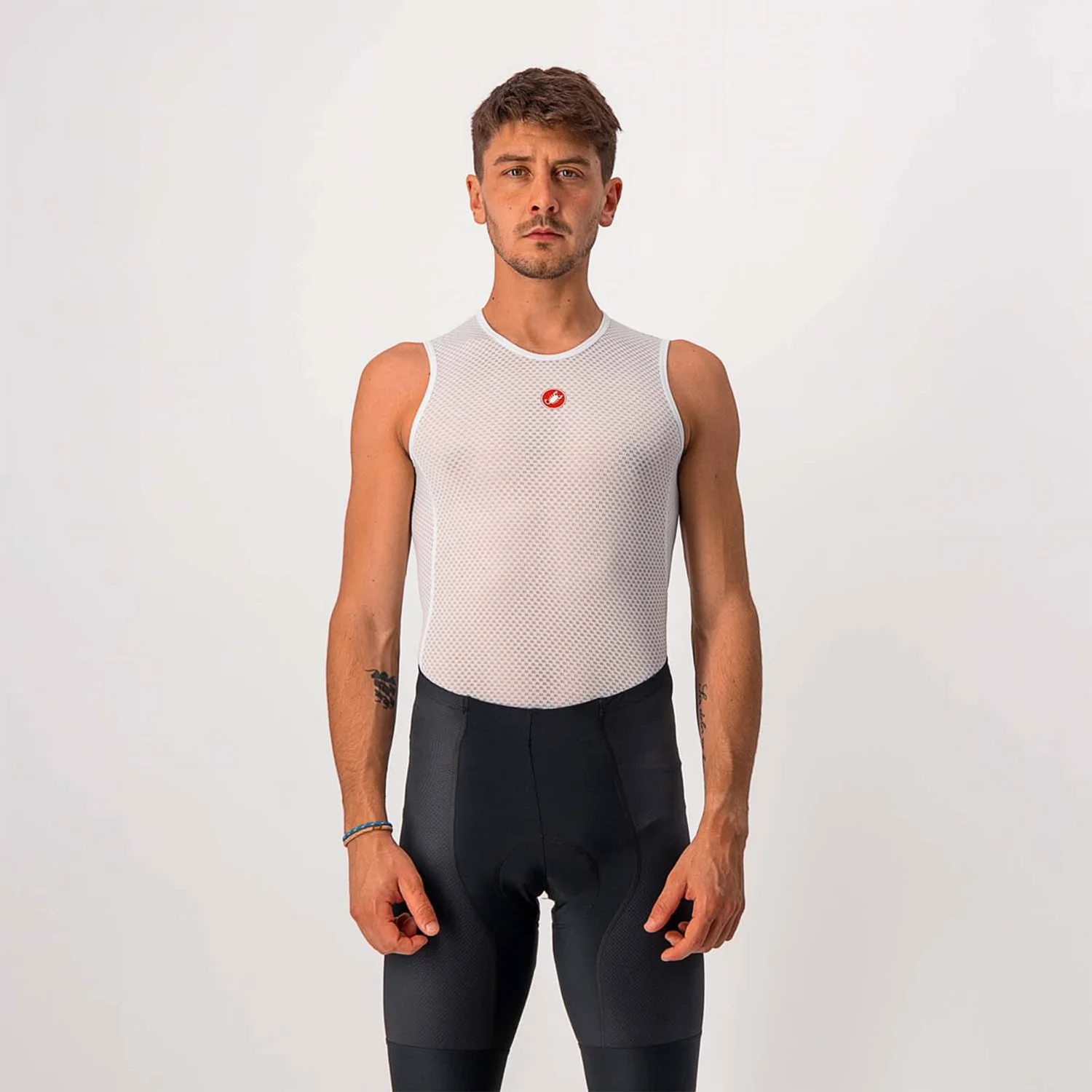Mark's Driwear stuff is in another league for moisture management compared to anything put out by Nike, Adidas, Under Armour, anyone with Merino wool, etc. The problem is that they put their driwear branding on a whole bunch of products even though they don't use the same technology/materials/etc. That's what happens when you try and sell both highly technical clothing right alongside fashion clothing. I say this as someone who used to work at Mark's head office many years ago. I've tried tons of baselayers over the years and won't use anything else when it comes to intense activities in cold weather (ie: fat biking, xc skiing, etc). While the product lines have changed a lot and their website does a terrible job of differentiating the important details of each product, what you're after is the driwear baselayer options. Those are the ones that use the better material (or at least used to). I would wager this one would work best (unfortunately only in long sleeve): https://www.marks.com/en/dakota-workpro-series-mens-driwear-long-sleeve-t-shirt-color-black-352672.html#352672%5Bcolor%5D=BLACK.
Keep in mind that even the best materials have limitations. Once the fabric hits the saturation point, then the moisture wicking element stops working. You also need to remember that ALL of your layers should be moisture wicking and breathable. The idea is that your baselayer will wick sweat from your skin and move it to the outer layer of the fabric where it has a chance to evaporate. If you're wearing multiple layers, each of them need to continue that same wicking action moving the sweat from one layer to the next until it reaches the outer layer and can evaporate. Otherwise you'll hit the saturation point quicker and end up wet and cold.
All that being said, it sounds like your problem is overheating and you need to dress in layers. Do your best to manage your temperature and moisture management will be less of an issue.








